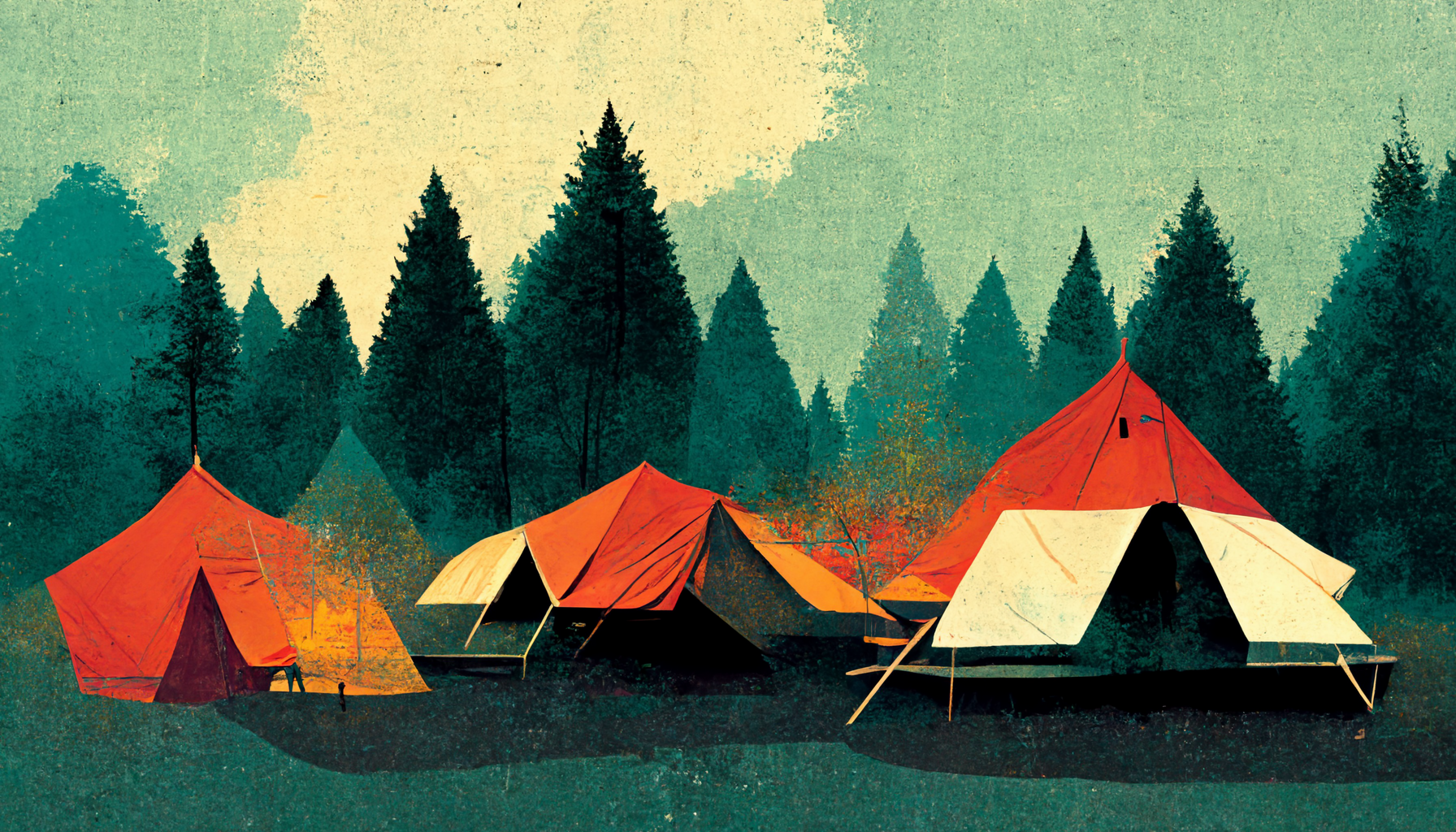Wild Success: Creating a Glamping Concept Guests Will Love
September 15, 2022
Jeremy Wells
Glamping has grown into a multi-billion-dollar industry, with demand for overnight tent accommodations surpassing many expectations. In this article, I’ll take you through each step of the development process required for creating a successful glamping concept; from site selection and feasibility to concepting and branding, to design and construction, and much more.
There are many things to consider when creating a successful glamping resort brand — and much more than I could put into a single article — but this should suffice as a primer for your entrance into this rapidly expanding industry.
Site Selection
I could write a whole book on just this one topic, but here are some key points to consider.
With the customer experience in mind, site selection and layout are incredibly important. You want to have a property that is not only beautiful and relaxing but also one that is conducive to the activities you have in mind.
If you are looking to attract adventure-seekers, a property that is close to scenic hiking trails would be ideal, whereas a property with access to a major body of water would be ideal for those who want to relax with boat rides and fishing.
In both cases, proximity to local demand drivers is paramount. Restaurants, trails, attractions, and more. Additionally, a property near a major airport would be excellent for those coming long distances by plane or train, otherwise, you may need to lean into the RVers and road trippers.
Proximity to local demand drivers is paramount.
Also, the land must be properly zoned and have optimal use as a glamping resort. This includes plenty of room and space for infrastructure for amenities such as fire pits, electricity, clean bathrooms, RV sites/hookups, etc.
Don’t forget to study the local population, workforce, household income, and other demographic information. This is especially useful once you get into operating the resort, and you don’t want to experience difficulties with labor shortages due to a lack of local workforce.
Depending on the type of resort you are planning to build, the biggest thing to remember is that the resort should match its surroundings. Make sure it is going to fit in with your site’s surroundings and complement the environment rather than stand out like a sore thumb.

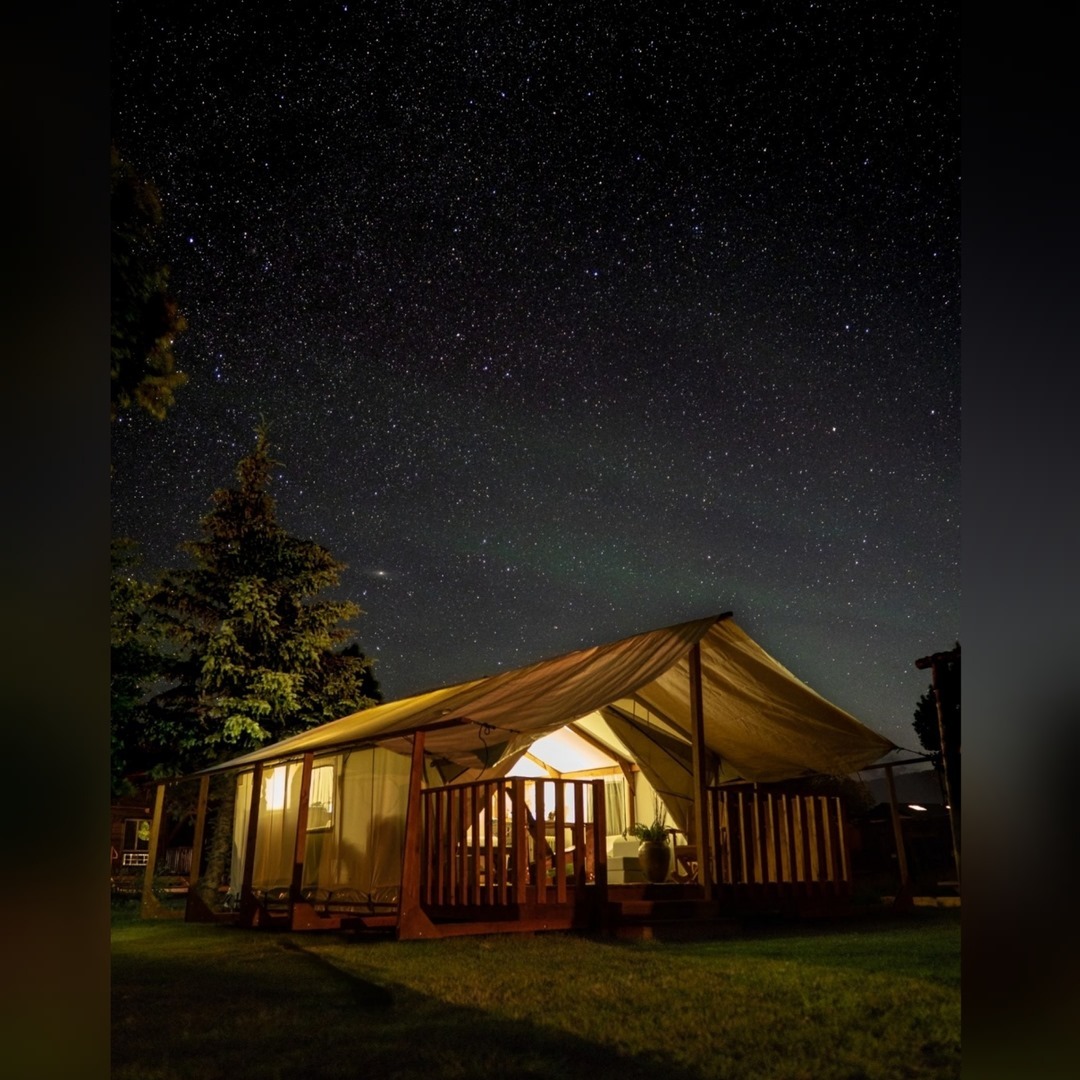
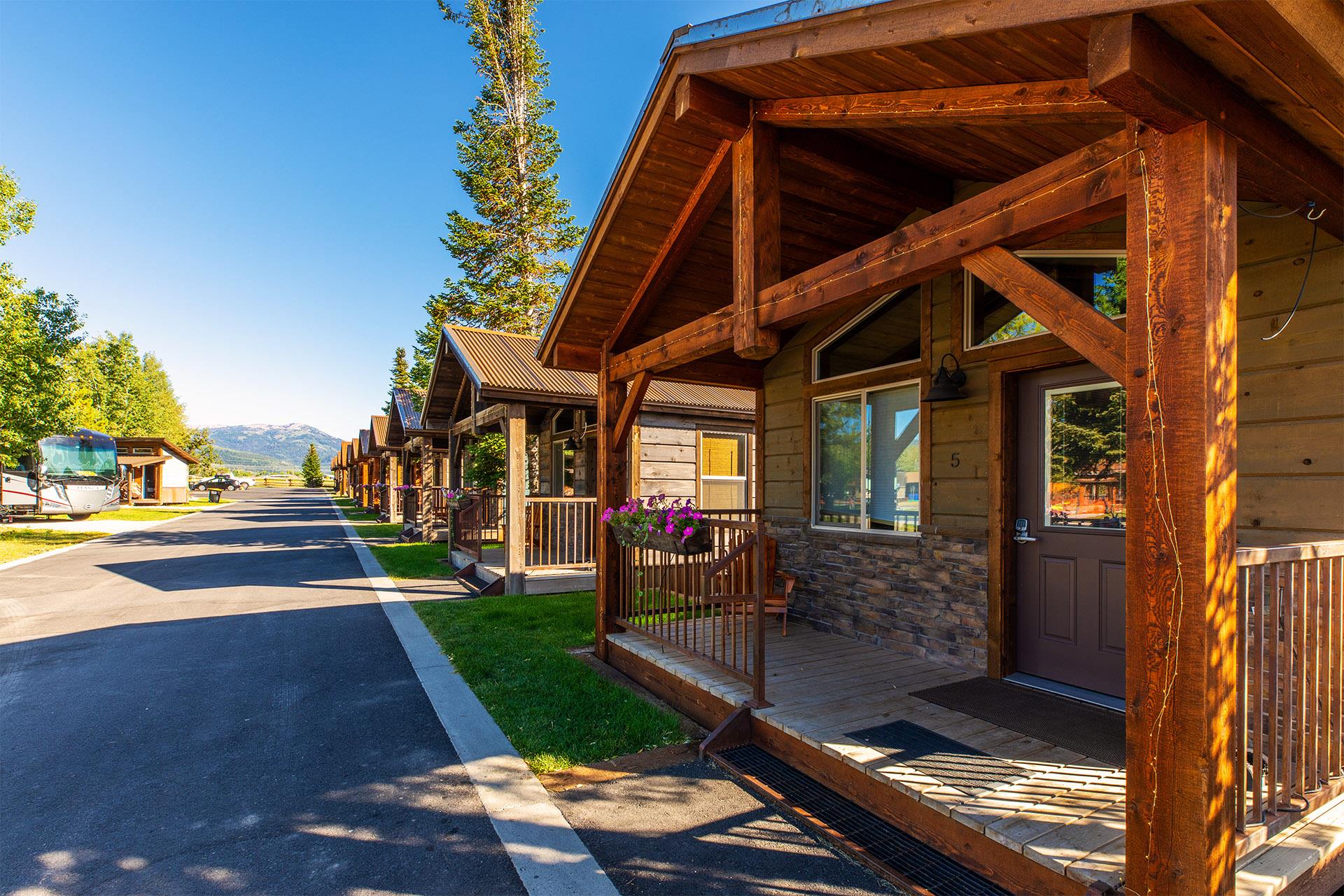


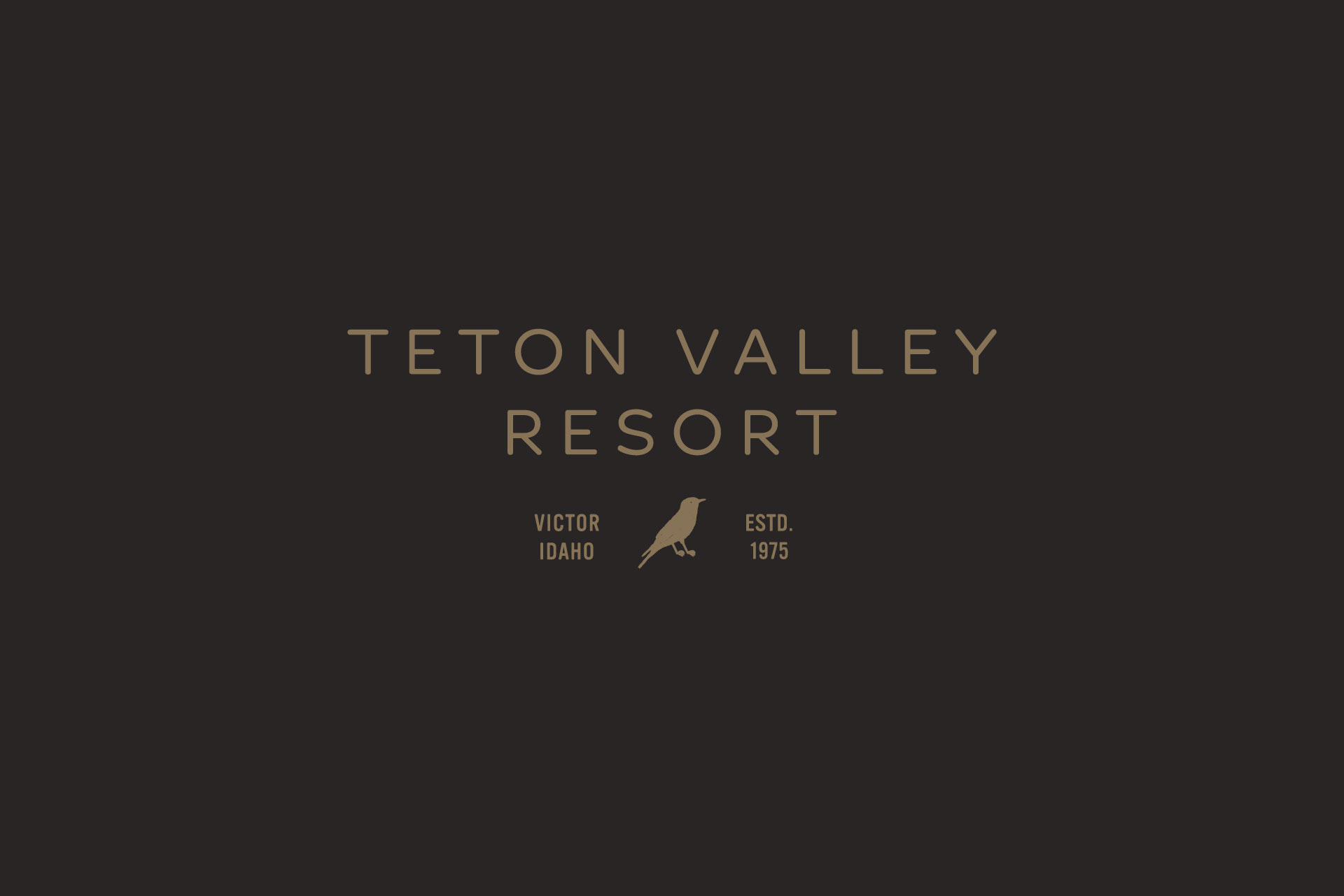
Research & Feasibility
It’s easy to get caught up in the excitement of an idea and feel like there are no drawbacks or risks. Because of this, we often need to step back and take a look at our ideas from a more objective point of view. If we don’t do this step, it can result in missteps that might lead to delays and less-than-ideal outcomes.
By conducting a feasibility study, you can more easily identify potential issues that might affect your project’s chance of success. You can also use the results to think through where you can make changes or implement different strategies to help you achieve your goals efficiently and effectively.
Developing a glamping resort is a big undertaking, so it’s important that you understand what the market is currently like and what trends are on the horizon. This is all part of completing a feasibility study and taking into account existing conditions in order to build a successful business plan for your resort.
Concept Development
When planning a new glamping resort, you must invest in a proper concept development phase. This phase is the most crucial part of any new project as it deals with brainstorming and planning out the fundamental elements.
What kind of experience do you want your guests to have? Do you want them to feel like they’re in the past? The future? Somewhere in between? Is it important that they feel like they’re on vacation, or do you want to provide an environment where they can be productive and get work done? Will guests need to find accommodations nearby or will everything be available on-site? Do you want them to be able to bring pets or children? Will the property be secluded or near other things that might distract them from their experience?
Understanding your concept, your unique positioning, space programming, guest profiles, interests, needs, and desires helps you create a compelling vision for your resort and will make all of your initiatives much more strategic and cohesive.
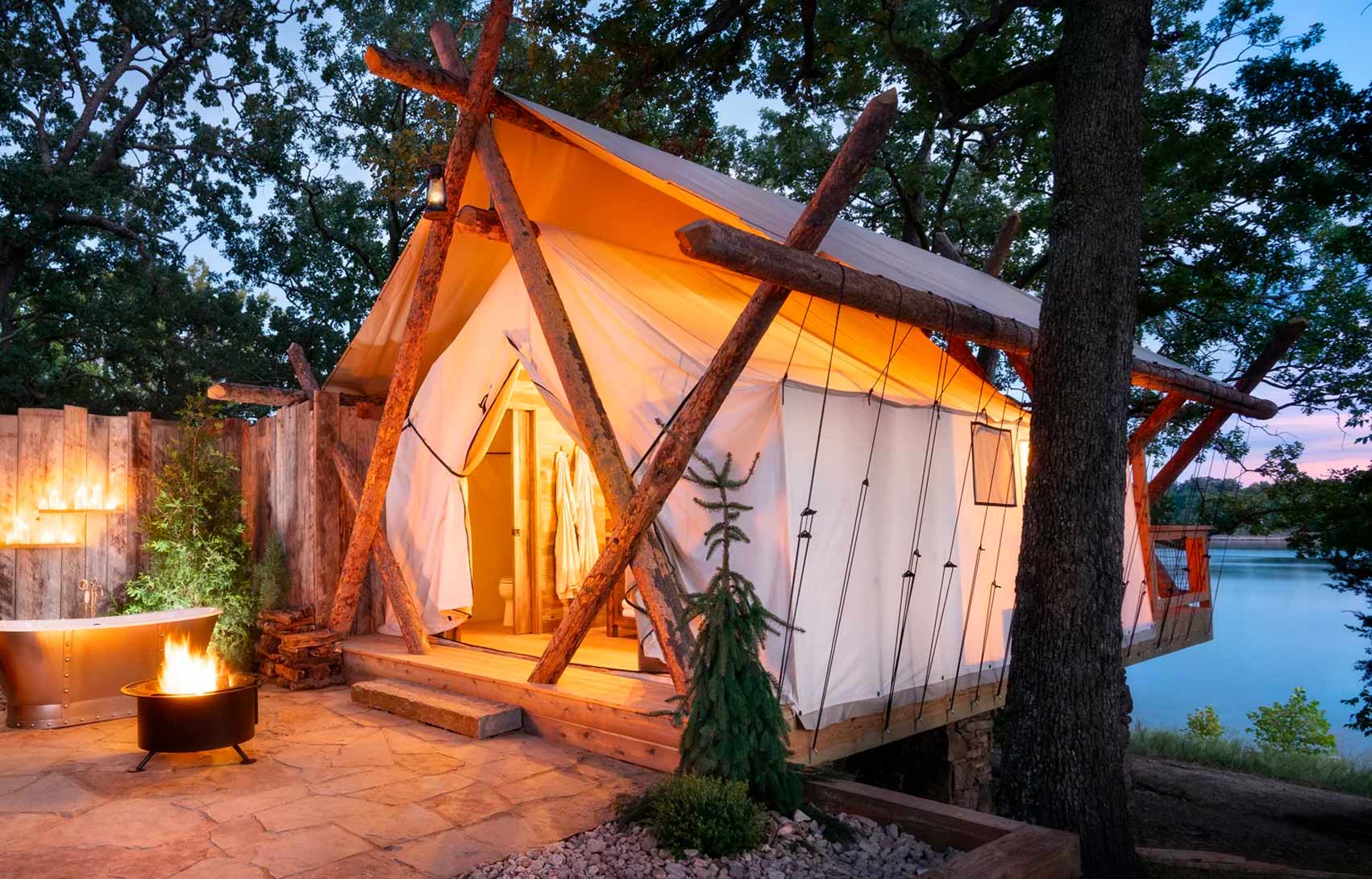
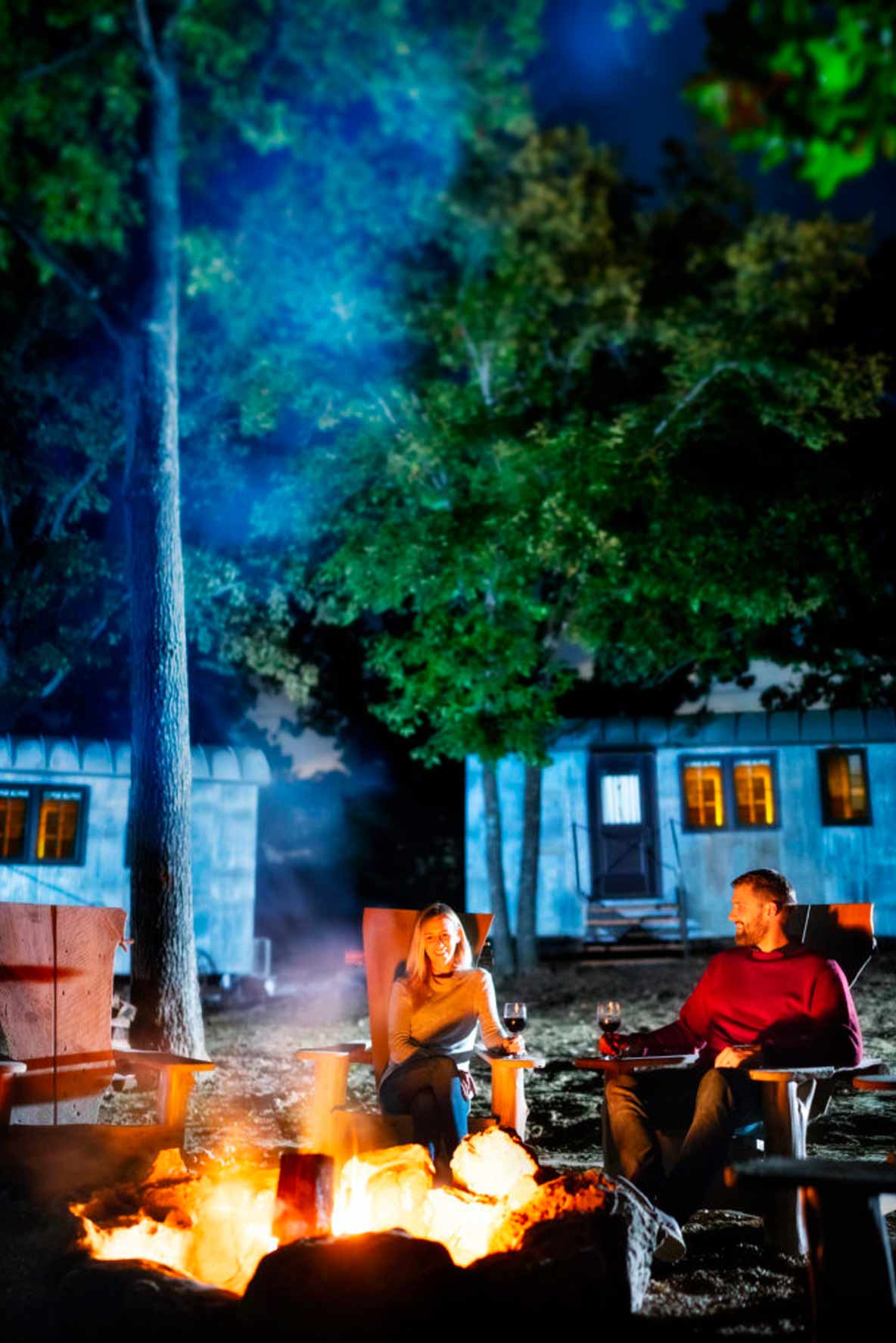
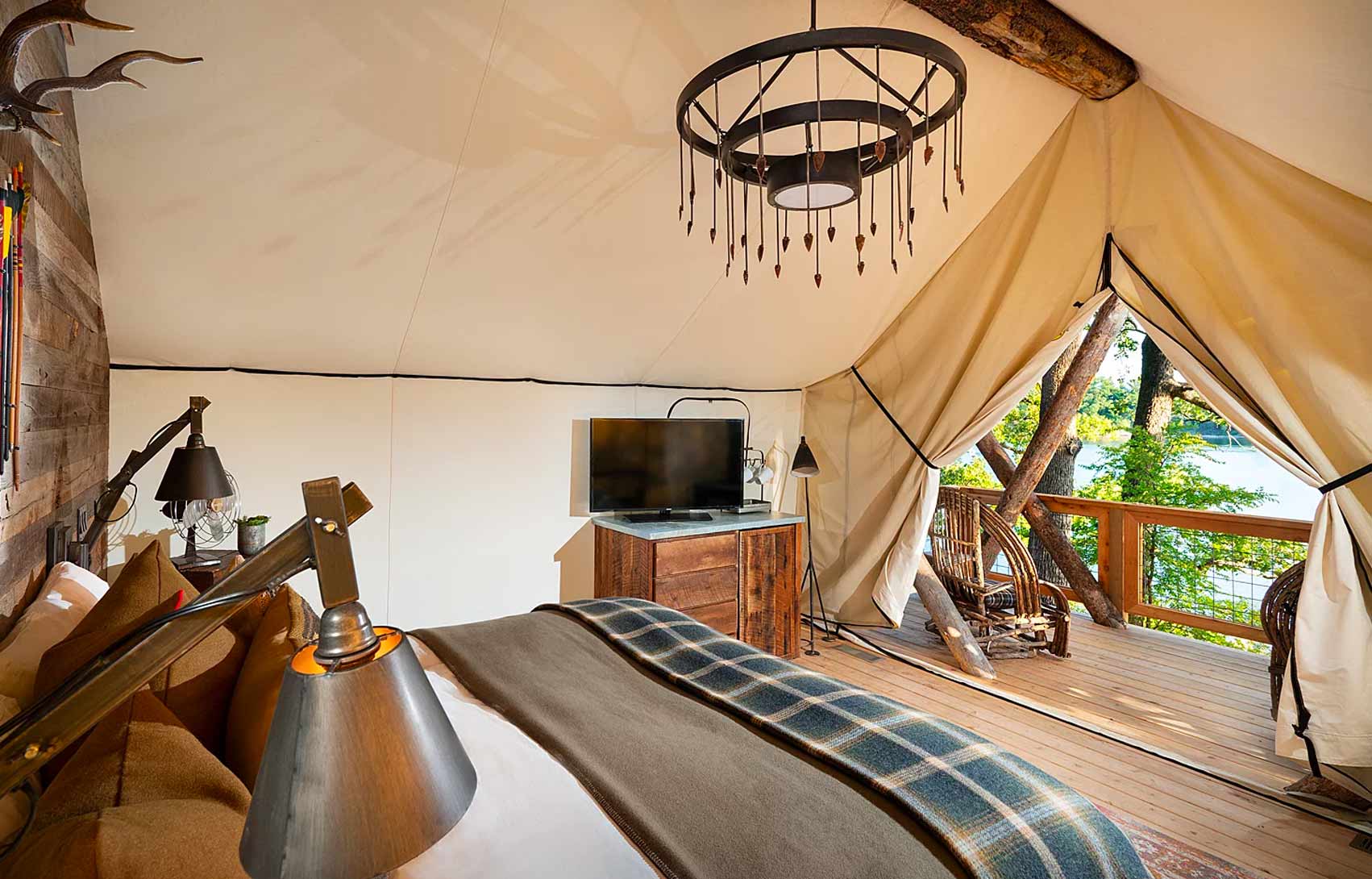



Identity & Narrative
The most successful glamping resorts are more than just a place to rent a tent. They’ve got personality and a story to tell. The best have clear, unique identities and offer some sort of experience that draws people in.
The most successful glamping resorts are more than just a place to rent a tent.
People who stay at glamping resorts want to escape into an adventure—they want to get off the grid, connect with nature, and feel like they’re having an out-of-the-ordinary experience. But those experiences don’t come from just anywhere. A resort has to have something special about it before people will travel great distances to stay there.
If you want travelers to be eager for your resort, you need to come up with a brand identity that resonates with travelers so much that they feel compelled to visit you over other options in your area. If you can come up with an original, compelling narrative that makes your resort stand out, your resort will have the momentum it needs to succeed.
Local Brand Collaborations
One of my favorite aspects of great glamping resorts is their ability to foster relationships with local vendors and suppliers. Be sure to reach out to other small business owners and entrepreneurs in your local area and work toward a mutually beneficial partnership.
One way I’ve done this is through local brand collaborations. A local brand collaboration occurs when two brands agree to exclusively use each other’s products or services in some way, usually in an effort to promote the positive qualities of both businesses.
Collaborating with another brand is an opportunity for you both to build upon the interest, customer reach, and brand equity in a way that collectively elevates both parties involved. Be sure to keep in mind that you’ll want to find the right type of business to collaborate with – one which has similar customer personas and brand values that align with yours.
Room to Grow
While many other important details need to be considered, you can use this brief article as a starting point as you build out your vision and concept. If done well, a glamping resort can be an extremely fun, fulfilling, and profitable endeavor, but it certainly takes effort and strategic thinking. It’s painfully apparent when a business is simply trying to capitalize on this growing trend by throwing up some tents and string lights just to make a quick buck – this approach is not authentic, thoughtful, or interesting.
Keep in mind that the glamping industry is still fairly new and still much smaller than the traditional camping sector. Yet, there is still a market for it and plenty of room to innovate and grow.
Jeremy Wells
Partner at Longitude°
Jeremy is the author of Future Hospitality and Brand Strategist at Longitude°. As a member of the Education Committee for The Boutique & Lifestyle Leaders Association (BLLA) and a content contributor to Cornell University’s Hospitality Vision and Concept Design graduate program, he is a committed thought leader in hotel branding, concepting, and experience strategy.
